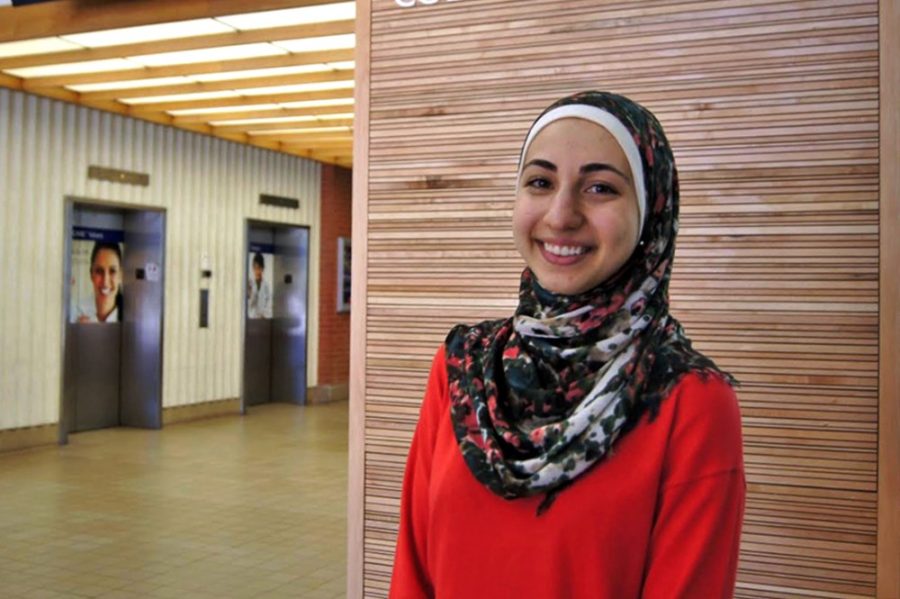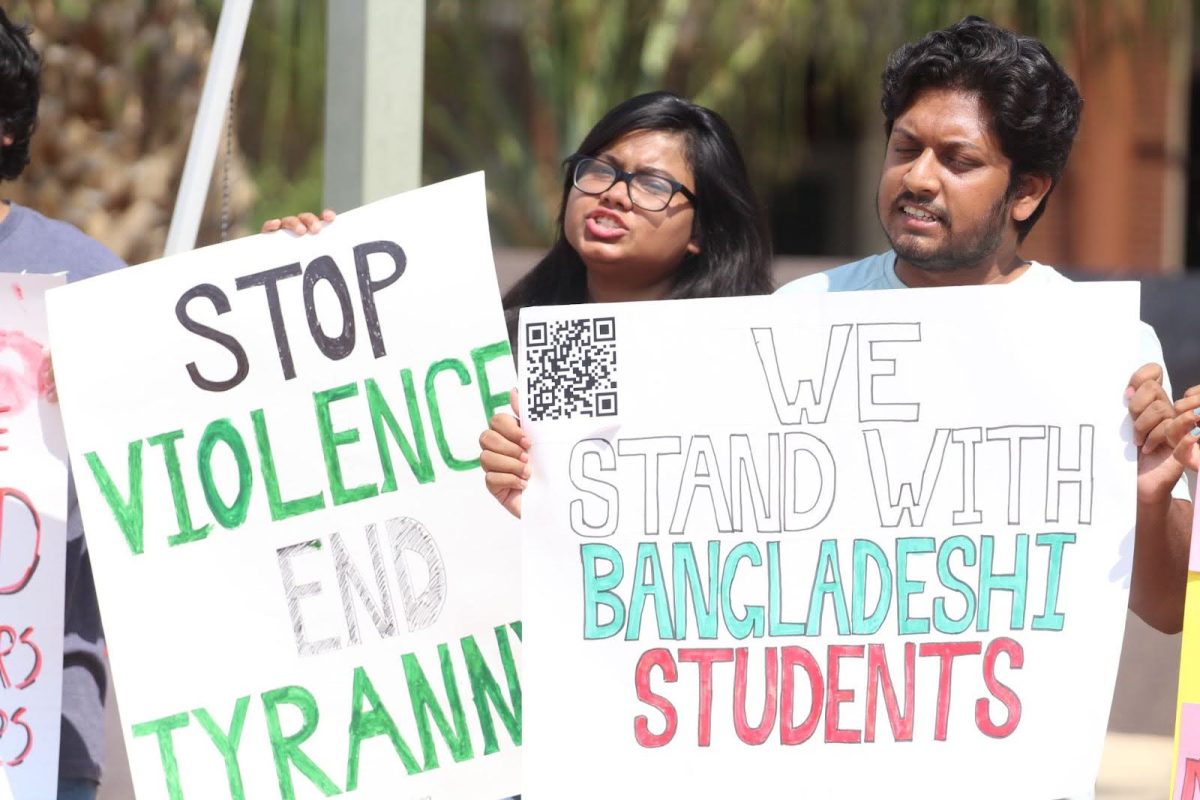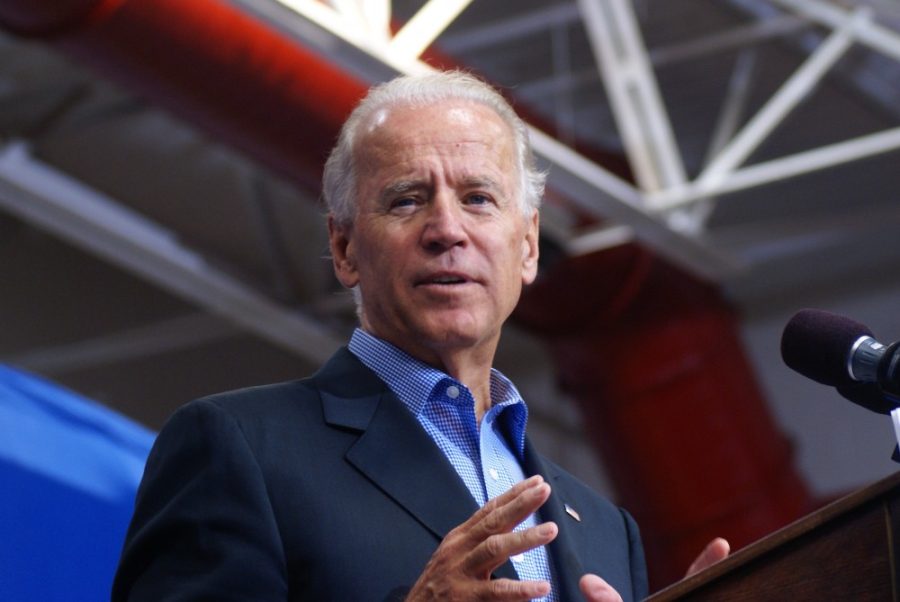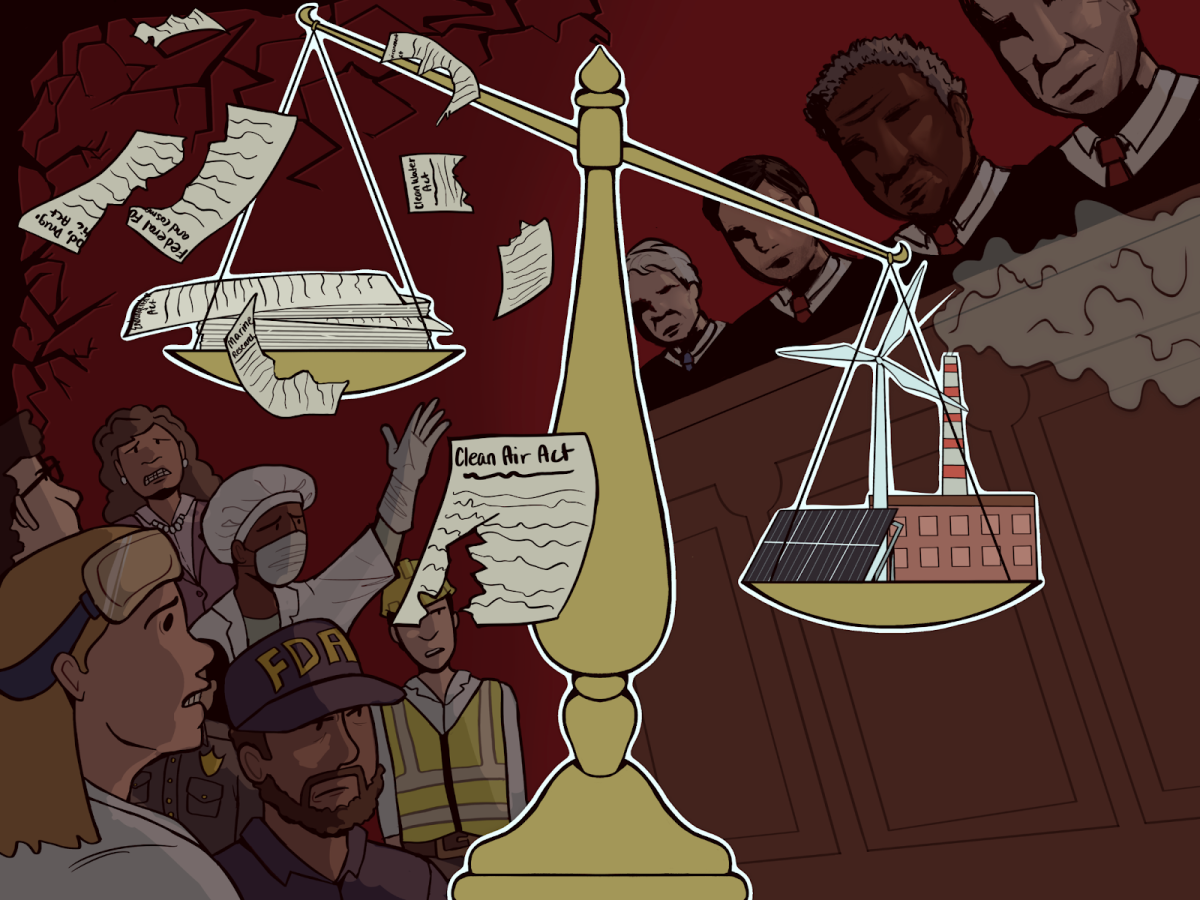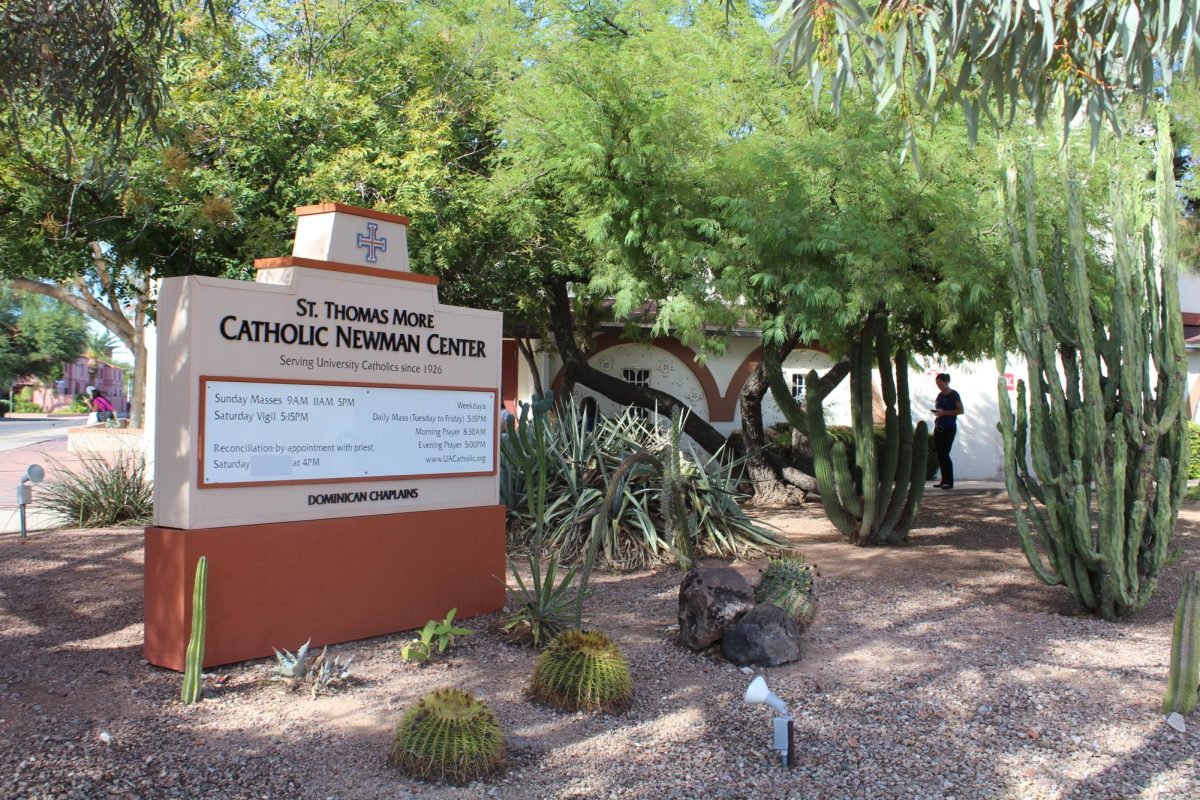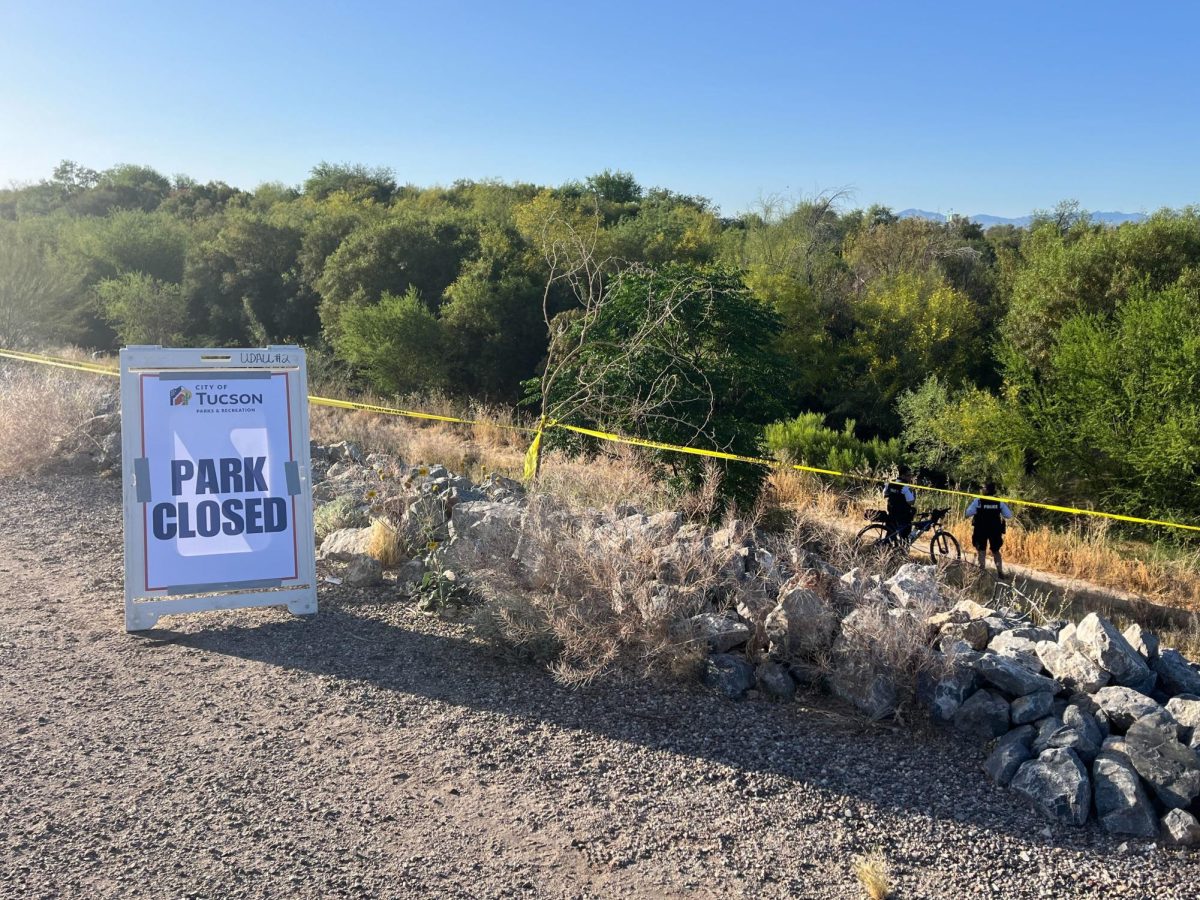It was a bad morning for Samantha Noyes.
The stakes were high and her nerves were shot — the start of fifth grade was serious business. As she ran around her house collecting pencils and notebooks, the veil she clenched in her hands was making her particularly apprehensive.
She plastered the two-piece hijab onto her head, tying it every which way.
“I had no idea how to wear it,” she said laughing, recalling how her classmates eventually helped her.
Today, the ASU graduate works as a family support specialist in Phoenix, and is keenly aware of how her view of the hijab has evolved over the years.
In Arizona, where Muslims compose a fragment of the population, being a religious minority can heighten the pressure of deciding whether to wear the hijab.
Though Muslims are generally treated well in the state, anti-Islamic discrimination against Muslim women comprises a significant portion of the cases handled by the state’s branch of the Council on American-Islamic Relations, said staff attorney, Liban Yousuf.
“When Islamaphobia plays out on the ground level, what typically happens is that it affects Muslim women more directly because they’re easily identifiable as Muslim,” he said.
Noyes said although she’s concerned at times by the possibility of discrimination, she hasn’t allowed it to hinder her use of the hijab. About a year ago, she was at the airport when a stranger approached her.
“He walked by me and said, ‘You bleeping terrorist,’” she recalled. “I let it go … but it shocked me because I’d never experienced that before.”
Noyes had a dynamic, if not rare, childhood. Her father was a practicing Muslim, and her mother was an observant Roman Catholic. She said neither pressured her to pick a religious path, though the decision became easier when her mother converted to Islam.
In terms of her “hijab calculus,” parental pressure was not a variable. In fact, Noyes’ mother, and most women in her father’s extended family, choose not to the wear the veil.
Apart from religious observance, she said she likes the modesty the hijab affords her and that it redirects attention away from her body and toward her character.
Victoria Trull, an attorney, has also faced challenges wearing the hijab, though generally, the problems have come from other Muslims.
“June 30, 2009,” she said, remembering the first time she tried the hijab. “A Tuesday, right after ‘America’s Got Talent.’”
The next month, she traveled to Egypt, where she wore the veil.
Counterintuitive as it may seem, in Egypt and back in Arizona, she said wearing the hijab actually exacerbated her problems around Muslim men, who took her veil as license to critique every facet of her wardrobe.
“I was reduced to what fabric was on my head, how I wore it and how long it was,” she said. “I came into Islam on an intellectual level, in that I studied it. And I know that all the junk I’m going through … is not what my religion is.”
Though she remains a practicing Muslim, today, she chooses not to wear the veil.
At the UA, Heba Albasha, a medical student, said she’s never faced discrimination on campus and that she welcomes the curious questions she receives from classmates on a regular basis.
Recalling the encounter at the airport, Noyes said the occurrence was an anomaly, but that every time a media pundit or politician makes a sweeping, negative statement about Islam or Muslims, she wonders if someone will deliberately target her because of the hijab. So, she takes a proactive approach. Since people know she is Muslim, she figures being as kind and as helpful as possible will positively shape their image of Islam.
Albasha said the constant looks from strangers and feeling as though people assume she’s an ambassador for the other 1.5 billion Muslims does get overwhelming, but that she welcomes the pressure.
“Whether you welcome it or not, you should know that it exists,” she said. “It challenges me to understand what I believe in.”
_______________
Amer Taleb is a reporter for Arizona Sonora News Service. This article originally came from the Arizona Sonora News Service website.



